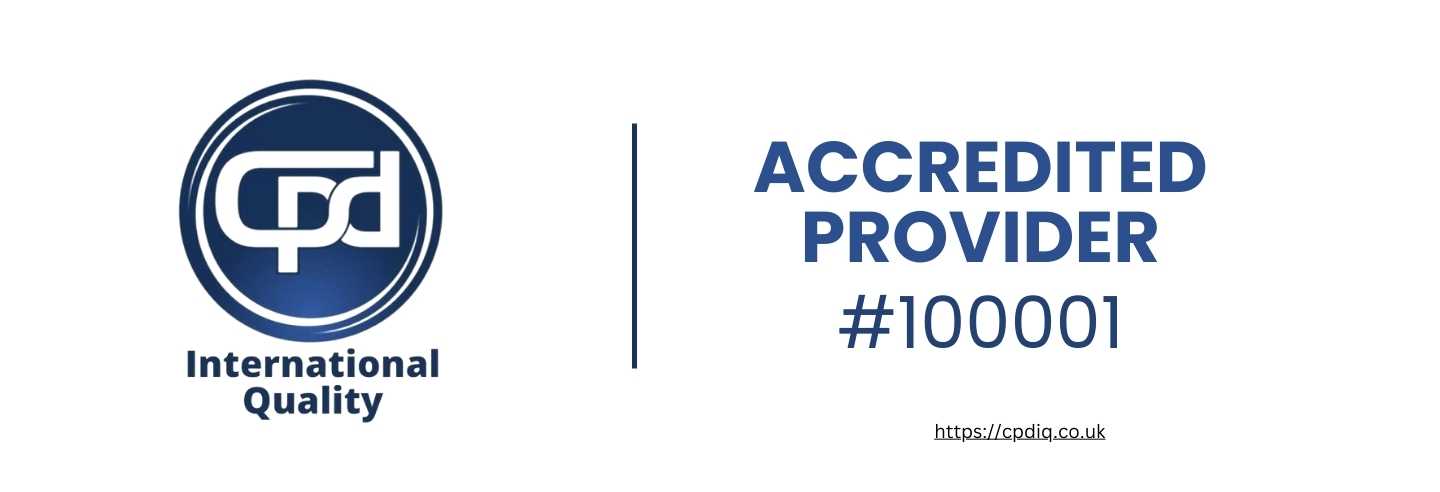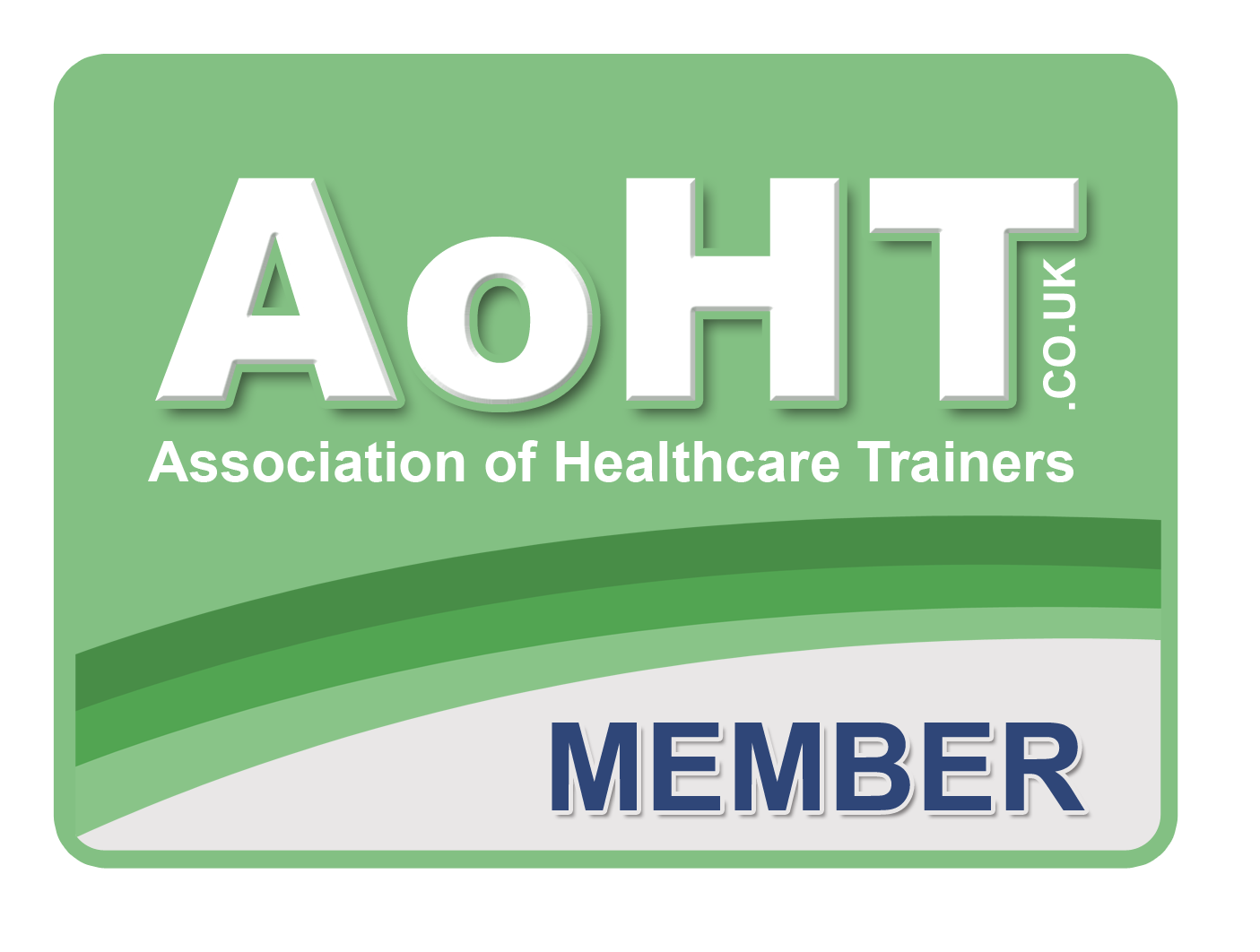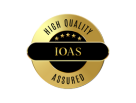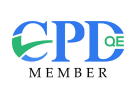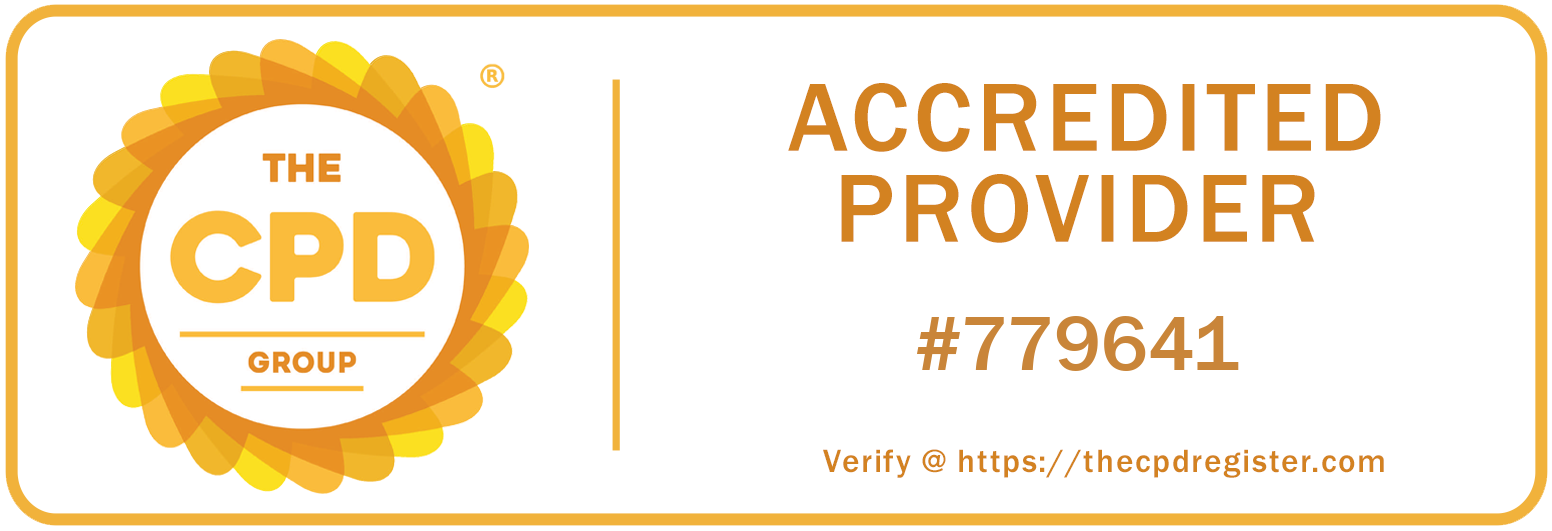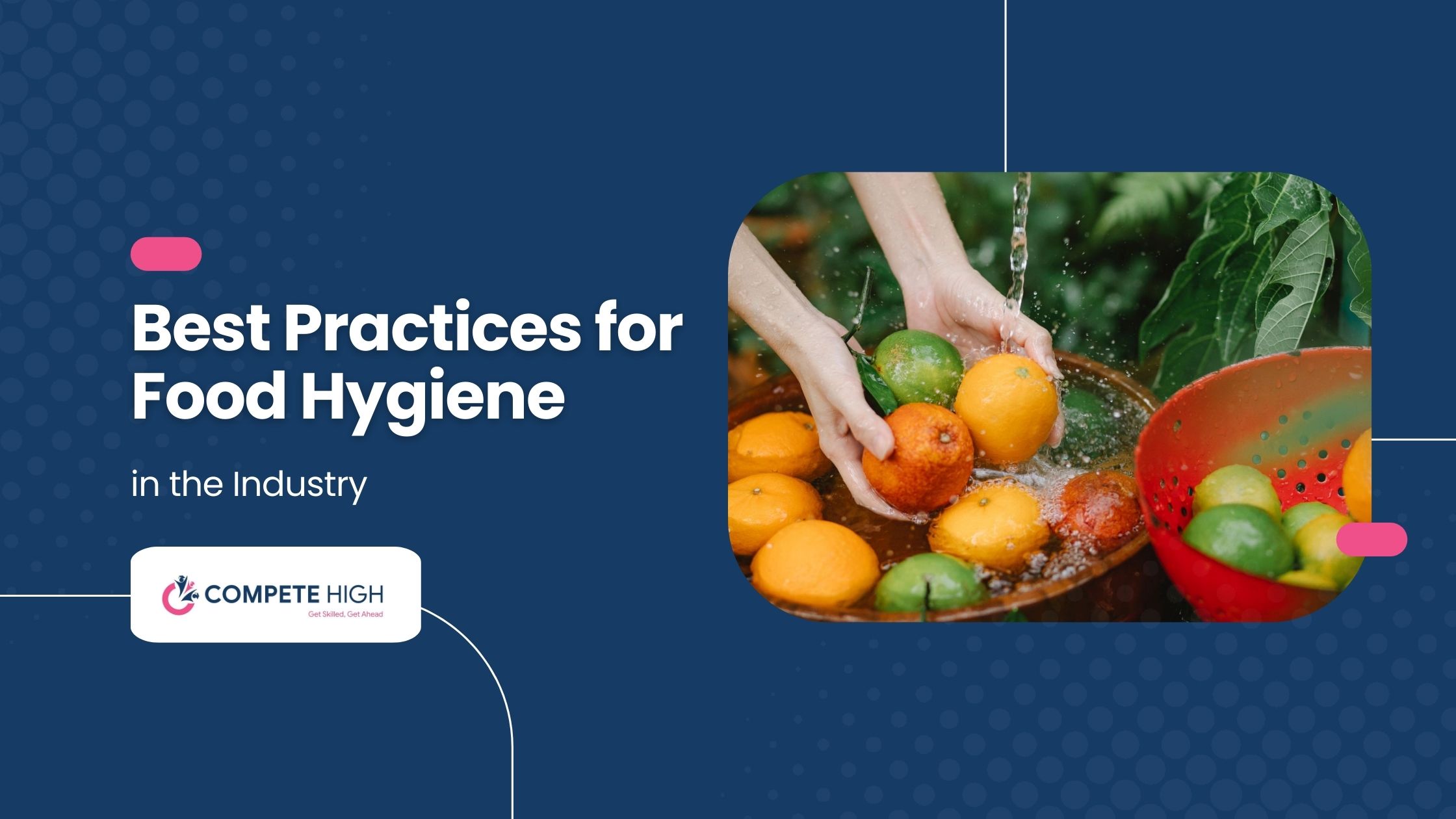
Maintaining food hygiene is an absolute necessity to avoid any food-borne diseases that can be both economically and physiologically disastrous. Therefore, for the food services industry, it is of paramount importance to maintain high standards of food hygiene. Otherwise, it would lead to huge losses, not only financially but also in the form of customer loyalty.
This blog discusses the set patterns for maintaining food hygiene standards and creating a food culture that is safe for the population.
Understanding Food Hygiene
Definition and Importance
What is Food Hygiene? Food hygiene refers to food handling procedures and conditions that must be in place to make food safe. This includes actions such as hand and hair washing for food handlers, as well as cleaning and sanitising equipment and food facilities.
Keeping all food hygiene rules shows that people in factories and during food delivery are good at preventing bad germs such as bacteria, viruses, and other parasites from contaminating your food. Food hygiene also ensures that food remains safe for consumers to eat.
Why Food Hygiene is Important: First of all, it ensures the safety of the food products; this is vital, especially in the food industry, due to food hygiene issues that the management and supervisors inspect on a regular basis by checking proper storage, handling, and cooking. Secondly, for meeting the regulatory requirements and protecting public health. It is vital that the hygienic food industry can chart new markets. High food hygiene standards prevent foodborne illness by providing clean food that is safe for customers to consume, which ensures the value of the product.
Good food hygiene practices, such as properly storing, preparing, and serving food, must be conducted throughout the food chain from farm to fork to enable the food industry to provide safe and quality products to consumers.
Impact on Public Health
Foodborne Illnesses; Statistics on Foodborne Illnesses: Foodborne illnesses are a big health hazard. 600 million people get sick after eating contaminated food every year, as reported by the World Health Organization, or WHO. These foodborne illnesses lead to 420,000 deaths annually across countries, which is a huge number of deaths due to food contamination.
For example, foodborne illnesses, also known as food poisoning, impact all humans but hit people who are very young or old the hardest, as well as people with compromised immunity. Applying good food hygiene will lessen their occurrence.
The Economic and Health Impact of Poor Food Hygiene: Poor food hygiene can have a dire economic and health outlook. The direct cost includes the cost of medical treatment and lost productivity due to illness. Indirect costs refer to long-term health issues and diminished quality of life for the people affected.
For businesses, the repercussions of a foodborne illness outbreak involve a loss of trust among customers, liability issues, and potentially shutting down if cases escalate. High food hygiene standards not only help protect public health, but they also make a difference for the success of businesses.
Personal Hygiene Practices
Importance of Personal Hygiene
The role of personal hygiene kits for food safety is very important because food handlers have direct contact with the food product, which will be served to others. Any hygiene issues with you as the food handler are very easy to pass on to the customers.
Taking care to maintain a high level of hygiene reduces the risk of transferring harmful bacteria, viruses, and other pathogens from the handler to the food, keeping it safe to eat.
Food handlers who follow the appropriate food hygiene procedures will reduce the number of foodborne illnesses, which will protect the consumer and the reputation of the food establishment.
Key Practices
Correct and Frequent Handwashing: Handwashing is one of the most effective ways to prevent contamination. All persons handling food must wash their hands thoroughly with soap under running water for 20 seconds.
We should wash our hands frequently after visiting the bathroom or after touching raw food ingredients to prevent contamination by others. Because most infections are spread through hand-to-hand contact, regular hand washing can prevent infections as well.
However, hand washing is not the only solution. Recently, hand sanitizers have increased in popularity and are sold in public places like train stations or airports. While these reduce infections, they are not the same as handwashing with using soap and should not be used as an alternative to washing one's hands.
Obligatory Usage of Personal Protective Equipment (PPE): Personal Protective Equipment (PPE) should be used, which can include gloves, an apron, hair, and beard nets. These protect the food handler from coming into contact with food.
Gloves should be changed frequently, especially after handling raw meat or any other contaminants. Hairnets or hats of some kind keep hair out of the food, and aprons protect the clothes from the food.
Health Checks and Symptoms of Illness: The health checks of food handlers should be carried out periodically. Food can be easily contaminated by symptoms such as vomiting and diarrhoea, so if you have such symptoms of illness, they should be reported as soon as possible.
There should be transparent policies about reporting illnesses, and workers should not feel pressure in the workplace if they are symptomatic. Finally, local health departments must play a critical role, with an emphasis on monitoring and providing authority for public health bodies.
Safe Food Handling
Food Storage
Proper Temperature Control for Different Types of Food: When keeping different kinds of food, the temperature at which you store them has to be right to avoid any bacterial growth.
Perishable foods such as meat, dairy, and seafood are kept at or below 5°C. Similarly, frozen food has to be kept at -18°C, or a temperature lower than that.
Storage temperatures should be monitored and recorded regularly to be certain that food is held in the greatest safety and the value of our preserved product is maintained.
The freezers and refrigerators should be equipped with calibrated thermometers to get the right temperature for the stored food.
First In, First Out (FIFO) Method: The FIFO method is used to reduce the risk of products going bad in an inventory. The logic behind it is that older stock is consumed before newer stock arrives, thereby reducing the risk of spoilage while ensuring that all the product is consumed within its safe shelf life.
It’ll be much easier to use the FIFO approach if storage areas are planned with labelled shelves and labelled containers. Consequentially, both food quality and excessive waste can be reduced.
Food Preparation
Clean and Sanitise Preparation Areas: Cleaning and sanitising preparation areas before and after use is a key step in safe food handling. Hot, soapy water can then be used to clean surfaces before applying appropriate disinfectants. It is particularly important to sanitise preparation areas after working with raw food.
Spare cloths can be maintained for the different areas and tasks of the household to minimise cross-contamination. Replacement of cleaning supplies is critical to ensuring that they maintain their potency and hygienic state.
Cross-Contamination Avoiding contamination of ready-to-eat foods by bacteria from raw foods is a common mistake that can have dangerous consequences. Whenever you cut raw meat or poultry, including fish, the knives and cutting boards used can leave behind contaminants that are invisible to the naked eye. This means that knives and colanders that touch raw meats must never touch other foods, and neither should cutting boards or countertops. If these best practices of food hygiene is not followed, you increase the risk of consuming the wrong kind of protein.
Cutting boards and knives for raw meats always need to be a different colour than the ones for vegetables and cooked foods to avoid cross-contamination. Wash your hands and all utensils and surfaces used repeatedly to avoid spreading germs at every turn.
Safe Cooking Temperatures: When food is cooked, it is essential to cook it to the appropriate internal temperature to kill bacteria that can cause disease. When consuming certain foods, safe cooking temperatures must be achieved to ensure safe consumption of the food. For example, poultry should be cooked to an internal temperature of 75°C, and ground meats must reach 70°C.
Food should be cooked thoroughly to help destroy harmful bacteria. Using a food thermometer is the only reliable method to check that food has reached the correct temperature. When using a food thermometer, it should be checked in the thickest part of the food without touching the bone or fat.
Cleaning and Sanitizing
Importance of Regular Cleaning
Prevent Bacterial Growth: Keeping the preparation areas clean is of utmost importance to prevent the presence of bacteria. Bacteria can multiply rapidly in dirty areas due to the amount of food particles and dirt, and they can easily spread in food if not promptly cleaned. Regular preventive cleaning will preserve certain food quality.
Cleaning surfaces, equipment, and utensils also break the contamination cycle, but disinfection goes a step beyond. It is even more helpful for maintaining a food-safe environment.
Maintaining a Clean Environment: A clean environment essential for food safety and quality. Cleaning daily is important to maintain kitchen cleanliness and to keep pests and other contamination away. Clean premises lead to the order and organisation of a kitchen and ensure that workers and staff follow hygienic and safe protection when handling food.
A clean-looking environment reassures customers and inspectors that food hygiene standards are upheld by the restaurant. The practice of cleaning also makes the work environment safer and more hygienic for the staff.
Effective Cleaning Practices
Daily, Weekly, and Monthly Cleaning Schedules: Everything needs to be cleaned. That’s the moral of my story. Use this guide to create a schedule of cleaning tasks so that all areas and equipment are sanitised regularly. Daily tasks include wiping down all work surfaces, cleaning every utensil and cutting board, and sanitising high-touch areas such as door handles and light switches.
Weekly cleaning tasks are more involved, typically involving the descaling of larger appliances and less accessible areas (occasionally including ovens, fridges, and freezers; scrubbing floors and walls).
Tasks that are not required to be performed as often as daily cleaning should be carried out once a month. Examples include cleaning ventilation systems, the areas behind large appliances such as ovens, or storing spaces. Monthly deep cleaning will help maintain and prolong the level of cleanliness obtained during daily cleaning.
Using proper cleaning agents Appropriate cleaning agents vary depending on the location and what is being cleaned; select detergents and sanitizers specific to the material you are cleaning.
Make sure you are using the allotted application and contact time as stipulated by the manufacturer’s label to ensure the cleaning agents remain effective. Replace the cleaning solutions regularly to keep them effective.
Sanitation Procedures: Sanitation is the process of applying chemicals to an already clean surface to kill bacteria and other pathogens. After all the cleaning is complete, apply a sanitising solution (food-safe, according to the label) to surfaces that come into contact with food. Do not rinse, and allow the item to air dry.
Maintain sanitizer logs for high-touch areas and high-touch equipment to control the spread of pathogens.
Pest Control
Identifying and Preventing Pest Infestations
Regular Inspections: Regular inspections help the food establishment identify signs of pest infestations at an early stage by checking droppings, gnaw marks, nests, activity holes, and other signs of pests. Inspections cover all places where food is prepared, held, or served, including storage areas and receiving centres, restaurants and kitchens, washrooms, lockers, storage areas for pet food or agricultural products, and waste disposal areas.
Keeping a log helps track the frequency of recurring problems and reminds you to inspect all of the areas consistently. Frequent and routine inspections can stop potential problems before they get serious and lead to adverse conditions.
Keep Pests Out: Sealing entry points with caulk or another sealant is highly effective for preventing an infestation. Fill any cracks and holes in the walls, floors, and around doors and windows. Also, install door sweeps and weather stripping to eliminate any gaps where pests could gain access.
Make sure all the windows and vents have fitted screens to keep pests out. Monitor and repair these barriers regularly to maintain good pest control. When keeping your property clean, it is important to make pests work for it. Filter foods such as grains and sugars into tightly sealed storage containers with lids, keeping attractive items out of sight or making them inaccessible for pests. As an added preventative measure, store unsweetened cocoa powder with your food staples. The scent of cocoa can mask the presence of grains and distract ants and other insects.
Effective Pest Management Strategies
Traps and Baits: Perhaps the most obvious and essential tool in terms of population management. Place traps in these areas where pests can be perceived as travelling, such as along walls and near food storage places. Always select the right bait, which should be specific to the type of pest you are managing.
Make sure traps and baits are checked regularly so that their performance does not go down, and replace traps and baits when necessary. Dispose of captured pests and use baits appropriately to not contaminate the environment. Therefore, using traps and bait can help us control the population of pests because it does not use toxic chemicals.
Professional Pest Control Services: By enlisting the help of a professional pest control service, such as the pest control services Southern California offers, individuals can benefit from additional knowledge and expertise that can help contain any pest-related problems. Services can provide advanced inspections, pinpoint problems, and determine effective treatment plans.
Professional pest control can be useful since professional exterminators often have access to equipment and products that aren’t widely available to the public. Professional pest control services can also continue to perform monitoring and maintenance to help ensure that pests remain controlled.
Waste Management
Proper Disposal of Food Waste
Segregation and Disposal Directions: Segregation of waste is the first step in proper waste management. Classify wastes as food waste, recyclables, and general waste (represented by a dustbin representing mixed waste) to ensure they are disposed of appropriately. Labelled bins make segregation easier and more effective.
Food waste must be placed in organic compostable bags and put into a designated bin with a tight-fitting lid that sits at an angle to the floor to stop anything from falling out of the side. Bins get full quite quickly due to natural wildlife eating the waste, so it's important to regularly empty them.
Set up standard procedures on how to take care of waste produced in various forms. Teach your staff to always follow these procedures so it never happens that waste will be disposed of in the wrong manner or will cause clutter or dirt.
Regular Waste Removal
Need for Regular Waste Removal: If the waste is not removed according to a schedule, it will eventually fill up the bin or basket and attract pests. This will also attract unpleasant odours to the bins or baskets and contaminate the area. It is important to have the waste regularly collected.
Cleaning bins every day at least makes sure that there is no immediate trouble from rubbish. This is important for health and safety because our food establishment will not smell and feel clean if we do not.
Cleaning Waste Storage Areas: Regular cleaning of waste storage areas is important to avoid the accumulation of unwanted organic matter and particles, which may provide a favourable medium for bacteria to grow. Appropriate agents or solutions to clean waste storage areas, as well as tools to dispose of or remove unwanted organic matter and particles such as spills, should be available in the hands of hospital waste personnel.
Cleaning bins regularly and storing space is vital to avoid attracting beasts to food leftovers. Also, observation of these places prevents wasps from becoming frequent visitors.
Food Safety Training and Certification
Importance of Training
To make sure that all the staff are actualizing the plan, training is fundamental. Through your staff training, you will make sure that all employees are exposed to the food hygiene plan, and this will build the staff members’ knowledge on how to conduct themselves while handling food.
Whenever they make observations to take note of possible threatening incidents, the skilled staff could adopt precautionary measures to prevent those dangers from arising. Appreciating the link between food hygiene knowledge and new food-handling requirements is a key element of maintaining high standards of food safety, aiming to ensure national food health regulations.
Regular training also creates a food safety culture in the organisation. If everyone is schooled regularly on matters of food hygiene, chances are they’ll focus on safe practices.
Effective Training Programs
Regular Staff Training and Reminders: Regular staff training keeps employees abreast of any changes to food safety regulations as well as the best in-use safety practices. Try to train regularly to reinforce these key concepts while also introducing new information.
Training in food hygiene should include all areas of food hygiene, including personal hygiene, safe food handling, cleaning, and sanitation. A combination of training methods to address different learning styles should be used to present the training, including demonstrations, videos, and written material.
Updates should be regularly provided to meet and anticipate any modifications in regulations and industry standards. Education in new food safety practices and new technologies should be continued to maintain the professional standard.
Food Handler Certification Programmes: These programmes are designed to formally recognise a member of staff who has acquired food hygiene knowledge and skills by completing a training programme, including an examination on completion to assess competence.
There are several qualifications available, including the basic Level 2 Food Hygiene Certificate and the more advanced Level 3 Supervising Food Safety in Catering, for managerial positions. By certifying all those who handle food, a consistent standard of understanding and compliance can be maintained across the organisation.
Secondly, certification programmes provide continuing education because renewal of certification is required at given time intervals to stay current with industry standards. The fact that certification requires us to continue learning and to stay current means that we will have a constant vested interest in maintaining high standards of food safety.
Monitoring and Record-Keeping
Importance of Record-Keeping
Evidence of Compliance: This is also quite crucial. It’s the documentation that keeps all the details together and proves compliance with food safety rules. For example, the regulatory body may ask for documents to prove that food hygiene rules are being followed. Documents that show that a documented HACCP programme is being implemented are of great help during inspection. When the records are well-kept, they prove compliance, help the business survive, and even avoid penalties.
When documented, it also ensures that all proper precautions are being taken and provides a clear record to review and audit to pinpoint any gaps in your food safety process.
It will also help you track your food safety practices. If your food hygiene practices, temperatures, and more are being monitored and recorded regularly, you will know if what you’re doing is working. You can track trends, identify problems, and make changes to better safeguard your guests’ safety and health.
Regular recording ensures that procedures are carried out as planned and creates a culture of accountability–staff know that they will be held responsible.
Types of Records to Maintain
Temperature Logs: Foods must be held at safe temperatures not only when they are in storage but also after they are cooked and are being held for service. Temperature logs should be kept for refrigerators, freezers, and hot-holding units (holding foods warm after they are cooked). Many commercial refrigerators and freezers have built-in temperature probes for this reason. Temperature logs must also be kept on the internal temperatures of cooked foods after they have been cooked to confirm proper cooking.
Ensure that all thermometers used are calibrated and that logs remain consistent. Temperature logs are a snapshot of your scope of work throughout the day, and you can check the validity of food safety standards. This data also helps in improving the functionality of equipment if needed.
Cleaning Schedules: Everyone should keep neat schedules outlining how our surroundings and equipment are cleaned regularly. Enumerate and record daily, weekly, and monthly tasks, chronicling who performed the tasks as well as the date and time on the memo.
Such logs help provide evidence that cleaning has been followed, providing cleaners with a checklist of tasks and areas that may have been missed. Cleaning schedules can be regularly audited to check that standards are being maintained and to identify any problem areas.
Inspection Reports: Record findings from internal and external inspections. Depending on the organisation, you could have internal as well as external inspections. Internal inspection will be of value to focus on continuous improvement and be able to benchmark against past incidents of similar issues. External inspections are often health authority inspections and provide feedback on the performance of your establishment, providing hints and pointers on areas that may require corrective action.
My keeping of careful records of inspection tells the California Department of Public Health that I am taking their concerns about food safety seriously, and it lets any future inspector know what steps have been taken to correct any problems identified during a prior inspection.
Food Safety Audits and Inspections
Conducting Internal Audits for Food Hygiene
Periodic Internal Audits To Verify Compliance: Regular internal audits of food safety practices should be undertaken to maintain the highest standards. Internal audits are normally periodic, one-off reviews of the use of food safety practices to check that they comply with the regulations and practices in the food industry.
Schedule internal audits at regular intervals, for example, monthly or quarterly, to ensure consistent compliance. Check the details of all food safety processes, including personal hygiene, food storage, preparation, cleaning, and sanitising processes.
That means using a checklist for the overall audit so that no area is missed. For each audit, the observation of non-compliance and the process of addressing it should be recorded. This produces a transparent, accurate record of what progress is made and when.
The audit can therefore be more robust or balanced because the staff members involved will have different backgrounds and bring different focuses to bear on it. Internal audits also help correct systemic issues that otherwise might contribute to greater risk down the line if management does not get a hand in setting things right before a larger problem develops.
Preparing for External Inspections
How to Pass a Health and Safety Inspection: Key tips on preparing your organisation for any external inspection Ensure that everything is compliant with regulations and that all practices align with industry standards when preparing for an external inspection.
Check and Update All Food Safety Paperwork: temperature logs, cleaning schedules, and staff training records, and ensure that they are in order in a ring binder for presentation during the inspection.
Walk through the restaurant with the lead health inspector before the start of the inspection. Make sure all equipment is working properly and the area is clean. Ensure that food is stored in the right manner and that all employees know their responsibilities for the inspection.
Train your staff to answer inspector questions confidently and to talk about food safety practices in ways they understand. A visit where your staff are cooperative and in good humour can only do you good.
Staying informed on food safety procedures to keep them up-to-date enables you to be ready for an inspection at a moment’s notice and should allow you to respond promptly to any inspection concerns.
Conclusion
In conclusion, to maintain food hygiene standards, it is essential to reduce foodborne illnesses effectively. If all of the best food practice rules are adopted, every food business can provide the safest environment for employees and customers to ensure The trust between food businesses and customers is still one of the key factors in the success and sustainability of every food business.


